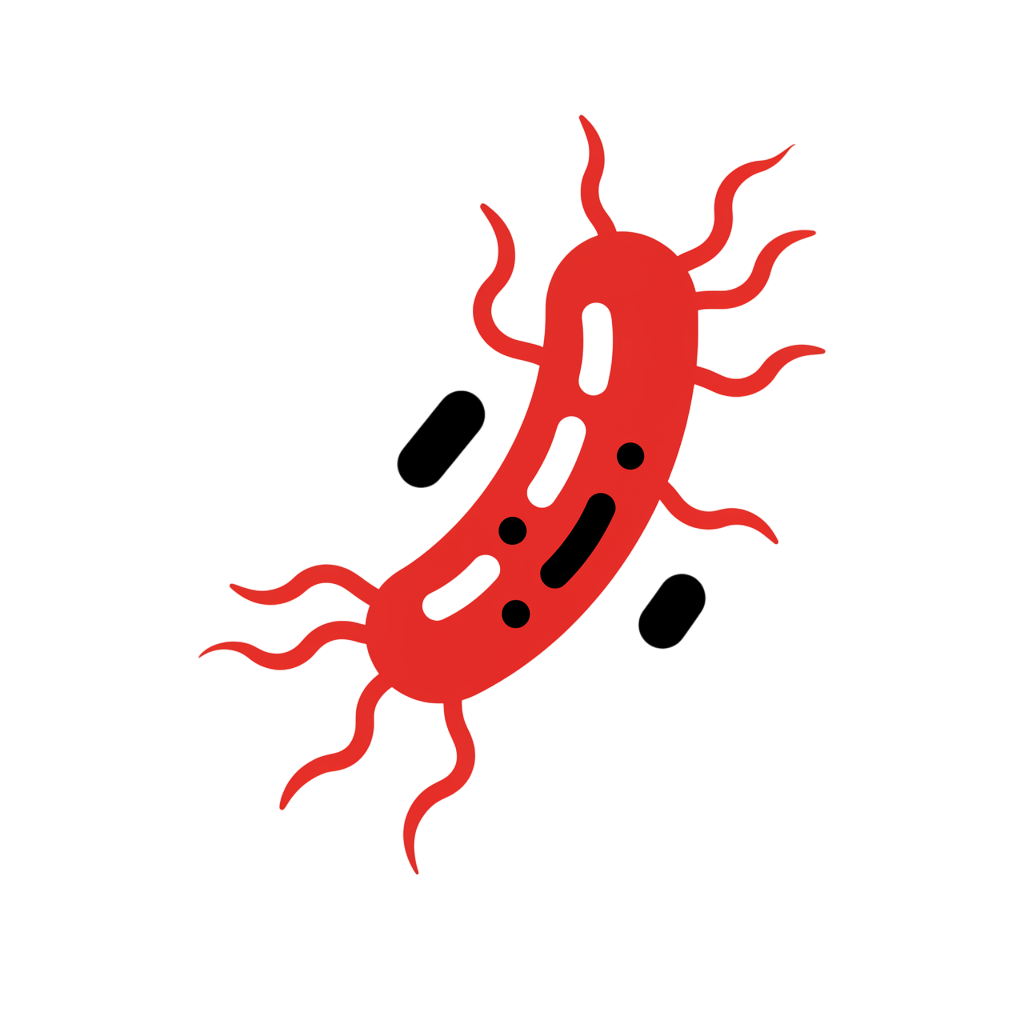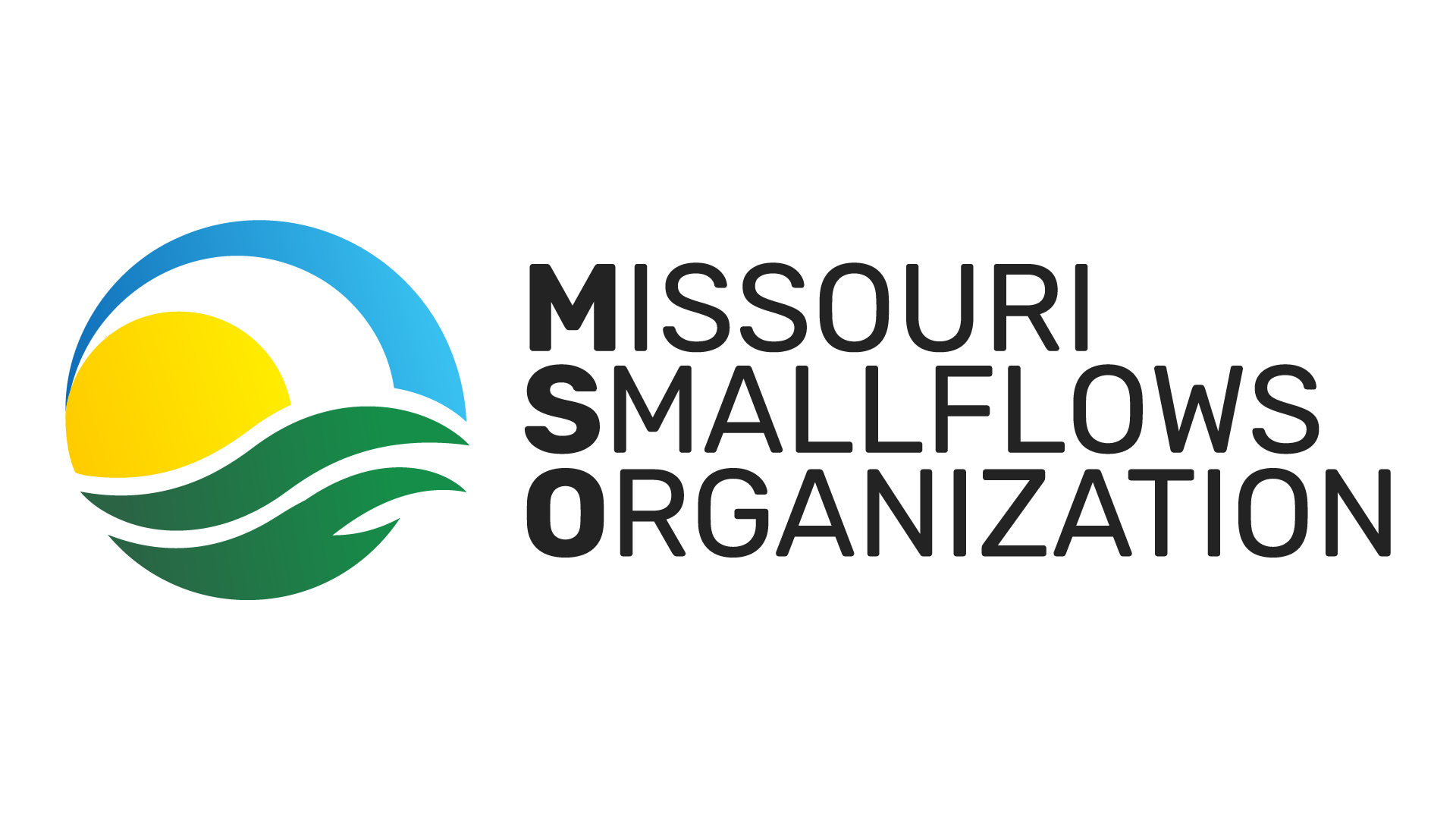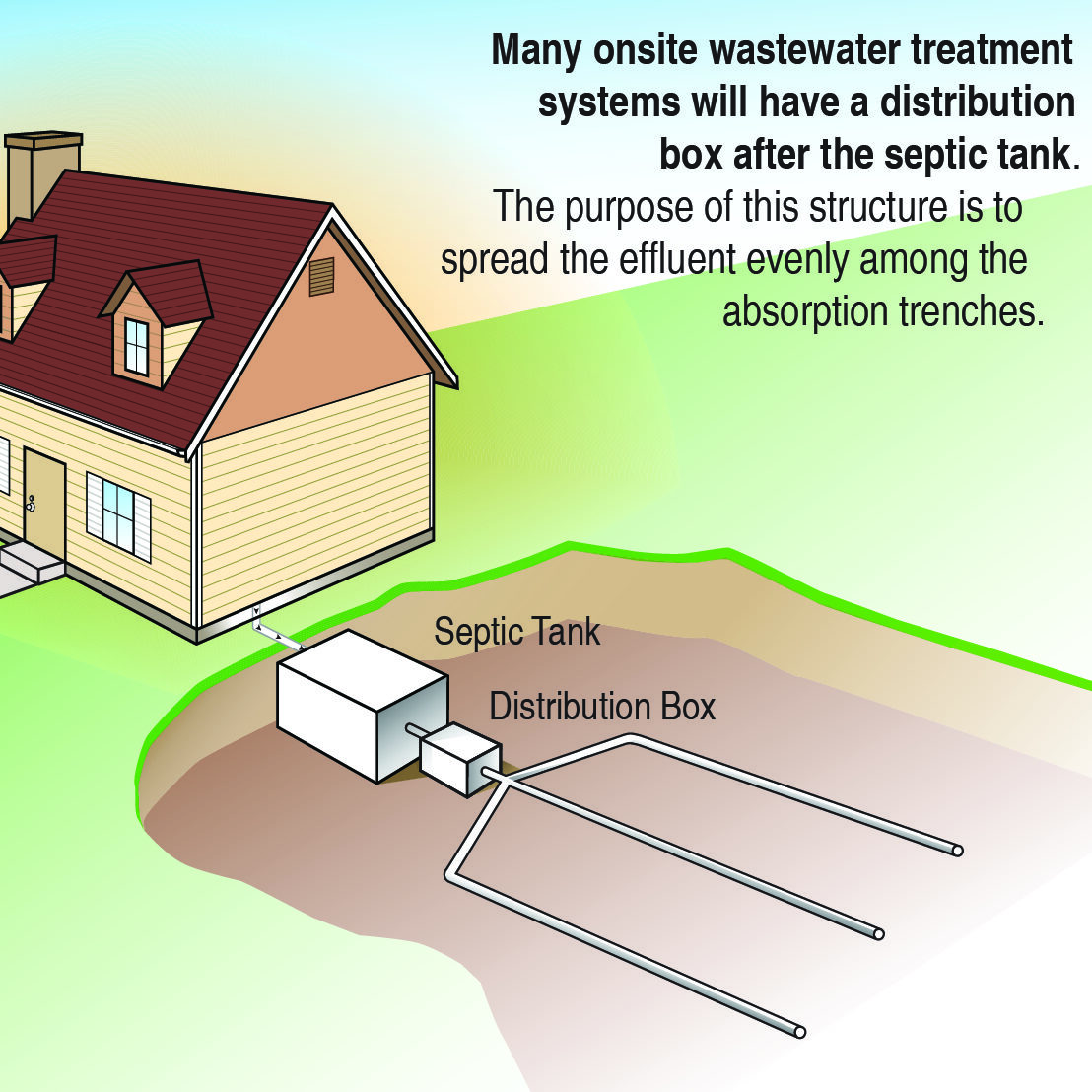Conventional Systems
Trusted Treatment for Properties with Suitable Soil and Space
Conventional septic systems are the most common form of onsite wastewater treatment. When soil conditions and space allow, these systems offer an effective, gravity-based method for safely treating and dispersing household wastewater.
After initial treatment in the septic tank, effluent flows to a soil absorption field where it is naturally filtered and purified by the soil, protecting groundwater and public health.
How It Works
Sewage flows from the home into a septic tank, a watertight container that separates solids from liquids. Solids sink to form sludge, while lighter waste floats to form scum. Inside the tank, anaerobic bacteria begin breaking down organic matter.
Effluent then flows to a distribution box or pump tank and into a soil absorption field made of gravel-filled trenches. Perforated pipes allow the effluent to slowly trickle into the soil, where aerobic bacteria further clean the wastewater before it reenters the groundwater.
Some systems include a pump-to-gravity setup, where effluent is pumped from a tank to a manifold that feeds a gravity-based lateral field, ideal for uneven terrain or when elevation changes are needed.

Why Regular Maintenance Is Essential
Failing to maintain your system doesn’t just impact your property, it puts nearby water sources, families, and the environment at risk.
Health Risks
Untreated wastewater may carry harmful pathogens and chemicals that contaminate groundwater and wells. Common risks include:
Hepatitis A
Salmonella
Giardiasis
Cholera
Tetanus

Typhoid fever
It can also introduce excess nitrogen and phosphorus into lakes, rivers, and streams, causing ecological imbalances.
Financial Risks
Routine maintenance costs between $150–$300, while a failing system could cost $4,500 to $30,000 to replace, assuming there’s space for a replacement. A failed system can also reduce property value and leave limited treatment alternatives for your home.
Do’s of Conventional System Care
- Obtain necessary permits before repairs or modifications
- Hire certified professionals for all installations and inspections
- Keep access lids visible, secure, and child-proof
- Pump your septic tank every 2–5 years
- Record all inspections, maintenance, and repairs
- Divert surface water (roof drains, runoff) away from the absorption field
- Install water-saving fixtures and reduce water use when possible
Don’ts of Conventional System Use
- Don’t enter a septic tank, toxic gases are deadly
- Don’t drive or park over system components
- Don’t plant trees or shrubs near the field, roots may damage pipes
- Don’t pour fats, grease, solvents, or medications down the drain
- Don’t use the toilet as a trash can (diapers, wipes, paper towels, etc.)
- Don’t use enzyme or yeast additives, they can disrupt system function
Want to Learn More?
View our Conventional System Homeowner Brochure (PDF) for a visual guide.
Questions? We’re here to help.
contact@mosmallflows.org
(417) 631-4027

